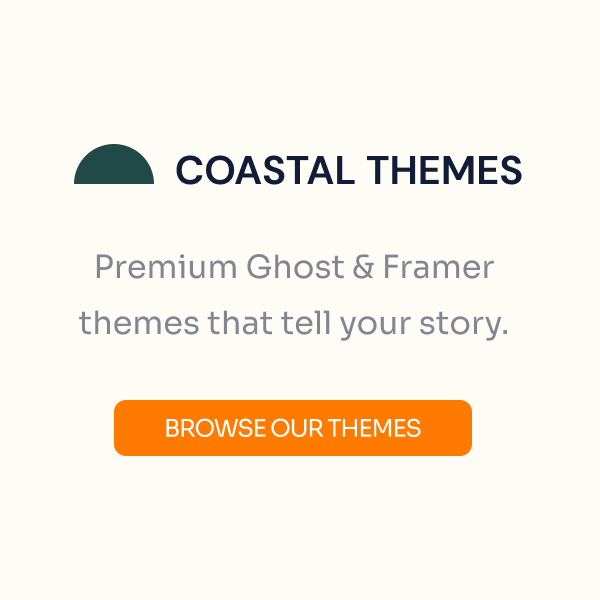Have you seen Elementor?
Our flagship product, Layers has been acquired by the team at Elementor.
With a powerful, fast page builder, Elementor is the best way to get your site online with as little effort as possible.

The Feaures post type serves as a way for you to show off various features of a service or product in a unique layout. Features are displayed using one of the Feature Page Templates, which is either a full-width template utilizing a unique right sidebar with feature navigation, or a full-width layout using columns.
Create your Features page:
- Click →
- Enter a page title
- Select a Features or Features Alt template from the Template drop down under Page Attributes
- Features uses the standard right sidebar content and shows all features
- Features Alt uses the large image-driven sections based on the layout you choose in the Features posts and can be set to show only a specific category
- Select the Features Category in the page options panel if you want to display a specific category
- Categories allow filtering of Features in widgets and page templates
- Feature posts will only show links to other features in the same category in the sidebar. This is useful for segregating groups of features.
- If using the standard Features page template, select a column layout by clicking the corresponding thumbnail in the Layout section.
- Click Publish
Add Features content:
- From the admin menu, click →
- Enter a Title
- Add content to the post editor just like you would a normal post/page.
- Click Browse under the Features Options to upload an icon. This icon is displayed in the content widget if enabled, and in the Feature list sidebar navigation. For best results, use images no larger than 32px by 32px.
- Click Browse to upload a Featured Image. This image is displayed in the Features Widget where enabled, in the Features Alternate layouts, and at the top of the single feature post and can be left blank if desired. For best results, upload images at least 600px wide. This will set the WordPress Featured Image automatically.
- Alternatively you may add a Featured Video by entering the oEmbed URL in the Video URL field of the Options panel.
- Enter a unique Excerpt to be displayed in widgets, if desired (can be left blank for WordPress to auto-generate an excerpt). This is recommended if your content contains images, videos, shortcodes or is longer than 3 paragraphs.
- Select a Features Layout by clicking the appropriate thumbnail in the Options panel. This is only required if using the Features Alternate page template.
- Enter a number into the Order field to specify which position this post should appear, with 1 being first/on top. You may optionally leave all at 0 and WordPress will decide how to order the posts. Order may also be entered from the main Features post list in your admin area by hovering over the titles and clicking .
- Select the Features Category in the page options panel if you want to display a specific category
- You need at least two top-level categories to enable filtering of features, otherwise leave All selected
- Click Publish





